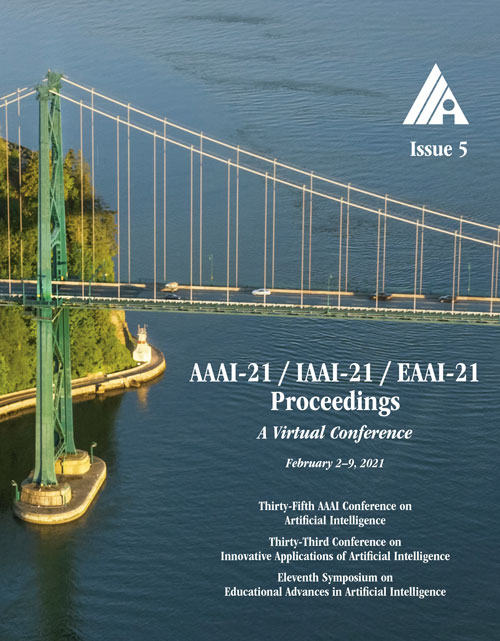Adversarial Directed Graph Embedding
DOI:
https://doi.org/10.1609/aaai.v35i5.16605Keywords:
Graph Mining, Social Network Analysis & Community, Adversarial Learning & Robustness, Unsupervised & Self-Supervised LearningAbstract
Node representation learning for directed graphs is critically important to facilitate many graph mining tasks. To capture the directed edges between nodes, existing methods mostly learn two embedding vectors for each node, source vector and target vector. However, these methods learn the source and target vectors separately. For the node with very low indegree or outdegree, the corresponding target vector or source vector cannot be effectively learned. In this paper, we propose a novel Directed Graph embedding framework based on Generative Adversarial Network, called DGGAN. The main idea is to use adversarial mechanisms to deploy a discriminator and two generators that jointly learn each node’s source and target vectors. For a given node, the two generators are trained to generate its fake target and source neighbor nodes from the same underlying distribution, and the discriminator aims to distinguish whether a neighbor node is real or fake. The two generators are formulated into a unified framework and could mutually reinforce each other to learn more robust source and target vectors. Extensive experiments show that DGGAN consistently and significantly outperforms existing state-of-the-art methods across multiple graph mining tasks on directed graphs.Downloads
Published
2021-05-18
How to Cite
Zhu, S., Li, J., Peng, H., Wang, S., & He, L. (2021). Adversarial Directed Graph Embedding. Proceedings of the AAAI Conference on Artificial Intelligence, 35(5), 4741-4748. https://doi.org/10.1609/aaai.v35i5.16605
Issue
Section
AAAI Technical Track on Data Mining and Knowledge Management

